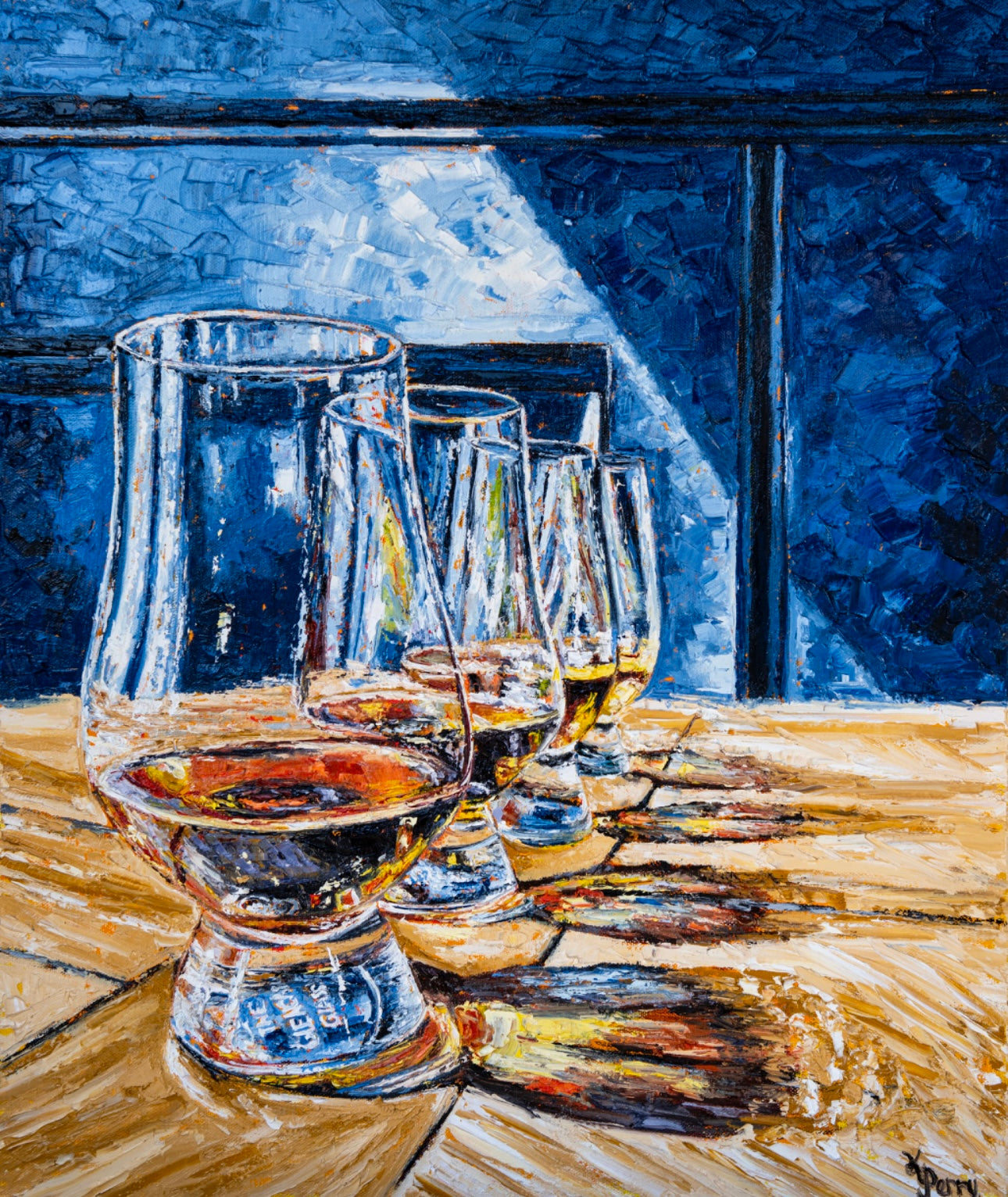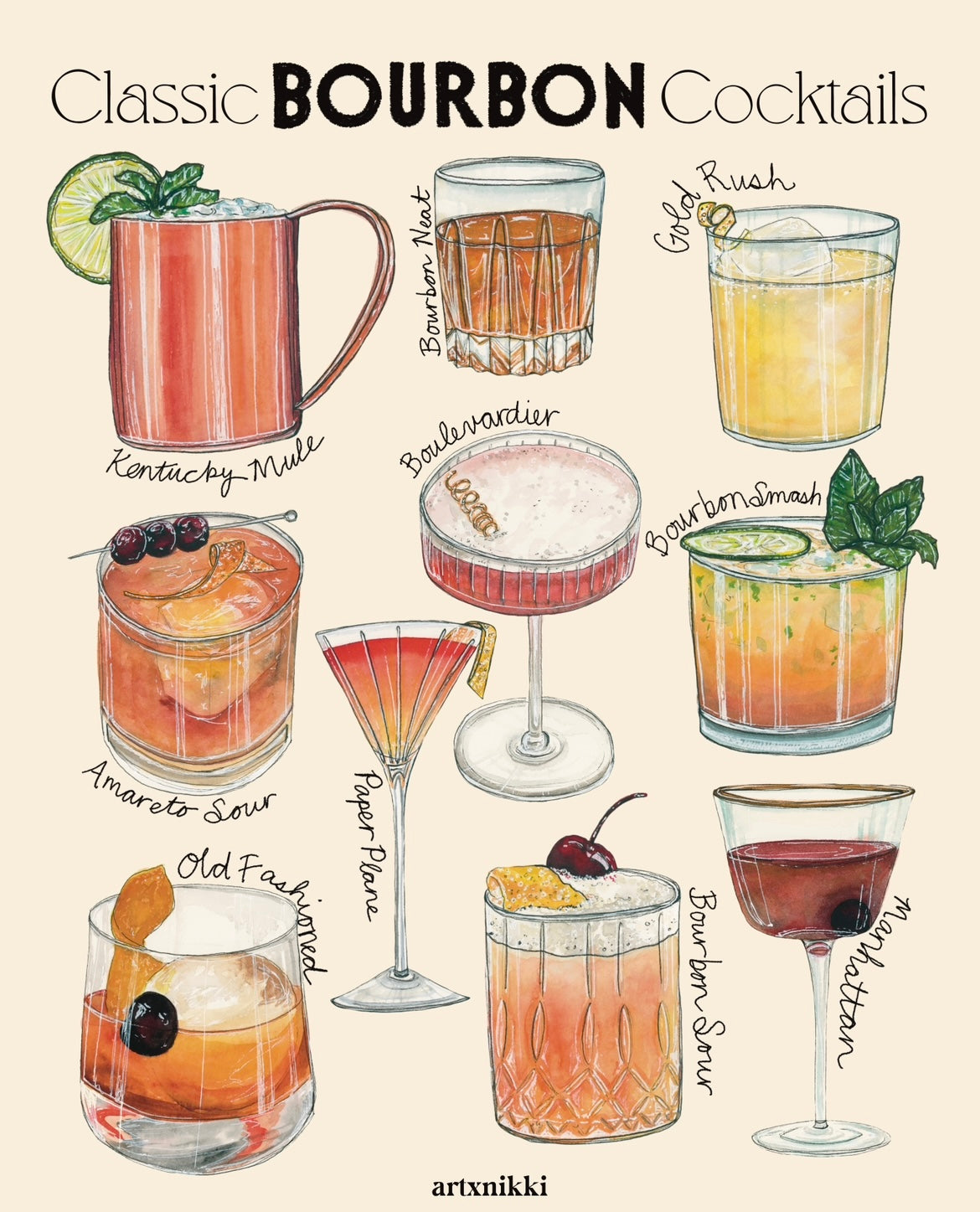Capturing the Significance of Scotch Art Through Distinct Visual Depictions and Styles
The art of whiskey prolongs beyond the liquid itself, manifesting with a variety of graphes that envelop its fabled heritage and craftsmanship. From the thorough style of tags that communicate brand name narratives to expressive photography that records the spirit's allure, each artistic expression serves to improve the consumer's journey. As the sector accepts contemporary trends, the dialogue bordering these representations ends up being complicated and progressively abundant, meaning deeper links between society and creative thinking. What continues to be to be uncovered is exactly how these evolving styles reflect not just the whiskey itself yet also the altering landscape of creative interpretation.
The History of Whiskey Art

As bourbon production spread, so also did the need to elevate its experience with art. From the complex inscriptions on early casks to the intricate tags of contemporary bottles, each aspect mirrors an unique creative vision, offering as a visual story of the whiskey's heritage.
In the 18th and 19th centuries, the surge of the commercial change additionally boosted whiskey art, resulting in cutting-edge product packaging and marketing that captured consumer interest. Developers and artists started try out appearances, imbuing whiskey-related imagery with symbolic meanings that communicated ideas of community, tradition, and craftsmanship.
Today, whiskey art proceeds to evolve, blending traditional methods with contemporary art forms. Limited Edition. This ongoing discussion in between the spirit and its graph emphasizes the long-lasting bond between whiskey and society, improving the total experience for fanatics worldwide
Iconic Container Designs
While many factors add to the attraction of scotch, renowned container styles play a critical role fit customer assumption and improving the total experience. The aesthetic presentation of whiskey bottles is not just an aesthetic consideration; it works as a bridge in between the item and the customer, stimulating feelings and setting expectations.
Distinct forms, materials, and closures can elevate a whiskey brand name's identification, making it immediately recognizable on jampacked shelves. For example, the timeless Glenfiddich bottle, with its stylish conical shape, conveys a feeling of custom and workmanship, while the strong, modern layout of the Balvenie bottle mirrors advancement and refinement. Moreover, the use of colored glass or one-of-a-kind appearances can recommend the quality and character of the bourbon within.
Famous styles frequently include elements of cultural heritage, representing the brand name's background and connection to its roots. Brand Names like Jack Daniel's make use of a straightforward, durable design that reverberates with its American bourbon heritage. Ultimately, the effect of container design extends beyond mere functionality; it encapsulates the significance of the brand name, inviting consumers to delight and explore in the rich tapestry of scotch society.
Tag Art Work and Branding
Container layouts often set the stage for what consumers can expect, but label art work and branding play a just as substantial duty in connecting a bourbon's identification. The label offers as the initial factor of call in between the customer and the item, encapsulating the essence of the whiskey within its aesthetic components.
Reliable tag artwork integrates imagery, typography, and shade to create a narrative that resonates with the brand name's heritage and target market. For circumstances, a label featuring intricate illustrations and classic font styles may stimulate a sense of tradition and workmanship, interesting connoisseurs. On the other hand, vibrant shades and modern-day style elements might bring in a younger demographic seeking technology and enjoyment.

Digital Photography and Visual Narration
Capturing the significance of bourbon through photography and visual narration is an art type that elevates the brand experience. This medium transcends plain item depiction, diving right into the elaborate stories that border each container. By employing compelling images, photographers can evoke emotions that resonate with consumers, eventually forging a much deeper link to the bourbon brand name.
Aesthetic narration in bourbon digital photography frequently utilizes rich structures, illumination, and composition to highlight the special attributes of the spirit. visit this site The interaction of light and darkness can emphasize the brownish-yellow shades of bourbon, while the choice of background elements-- such as rustic barrels or stylish glassware-- can reinforce the brand's heritage or way of living organizations.
In addition, capturing the ceremonial aspects of scotch consumption, from the pouring to the sampling, welcomes customers right into a sensory experience, enabling them to envision the tastes and scents that await. Each picture not just showcases the item but likewise tells a tale of workmanship, custom, and the moments that whiskey can improve - Limited Edition. Therefore, photography comes to be an effective tool in articulating the identity of bourbon brand names, positioning them more information within the broader social landscape
Emerging Fads in Bourbon Art
The advancement of scotch art is increasingly formed by modern trends that reflect broader social shifts and customer preferences. One prominent fad is the combination of sustainability into art techniques. Artists are now using recycled materials and eco-friendly procedures to produce whiskey-themed pieces, resonating with ecologically conscious customers. This shift not just highlights the relevance of sustainability however also improves the narrative bordering scotch production.
In addition, digital art has risen in appeal, enabling cutting-edge representations of bourbon. Artists are leveraging innovation to craft immersive experiences, such as increased fact installations that engage viewers and offer a much deeper understanding of bourbon's cultural importance. This pattern additionally encompasses social networks systems, where aesthetically striking content gathers interest and fosters community amongst lovers.
In addition, collaborations between scotch brand names and artists are becoming much more widespread. These collaborations generate limited-edition packaging designs and special artworks that celebrate both the craftsmanship of scotch and the imagination of artists. As scotch art proceeds to why not find out more advance, these arising fads will certainly shape its future, promoting a vibrant crossway of culture, sustainability, and innovation within the scotch neighborhood.
Verdict
To conclude, the art of whiskey encompasses a varied selection of aesthetic depictions that reflect its abundant heritage and craftsmanship. From famous bottle styles and complex tag artwork to compelling digital photography, each element adds to a more comprehensive story that improves the consumer's experience. As arising fads, such as digital art and sustainability, continue to shape this artistic landscape, the multifaceted identification of scotch remains an enduring resource of social link and exploration.

In conclusion, the art of whiskey incorporates a varied variety of visual depictions that mirror its abundant heritage and craftsmanship.